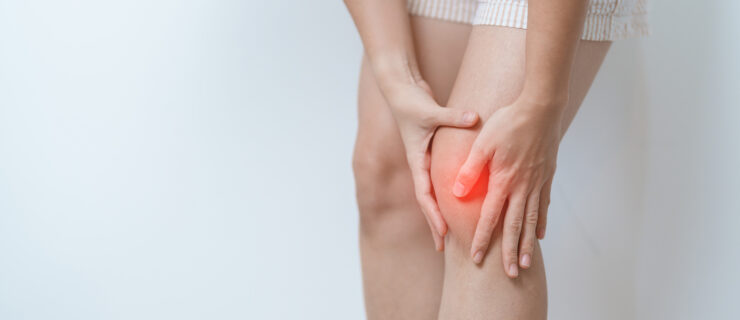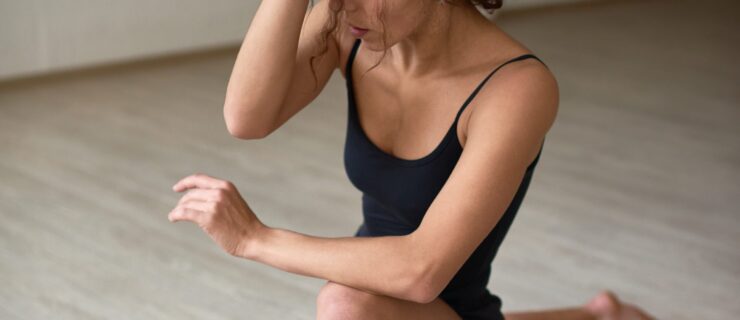What Type of Massage Is Right for You?
Before each Pacific Northwest Ballet show at Seattle’s McCaw Hall, the green room is full of stretching dancers—and massage therapists. “If a dancer is about to go out onstage but their calf is hurting, we get them on the table, loosen up the calf and send them out,” says Christopher Kagen, LMP, who coordinates massage therapy services for the company. A preshow massage increases blood flow to the injured tissue and, Kagen explains, more blood means more oxygen and more energy. The presence of a backstage therapist highlights the importance of massage for dancers. “Massage helps to decrease tension in the muscles and increases the body’s healing response,” says Johann Howard, DPT, of the NYU Langone Harkness Center for Dance Injuries. Dance Spirit turned to the experts to demystify five different types of massage and what they can do for dancers.
Swedish Massage
If you have no specific complaints but want a generic massage, the pros recommend Swedish massage. “It’s a full-body massage and you’ll feel like dough on a bread board,” Kagen says. Swedish massage can be part of a regular massage routine. There’s just one caveat, which applies to all massage types: Cool down first. “You never want to work on a dancer who’s still hot and sweaty from whatever they’ve just been doing,” Kagen says. Doing so risks damaging tissues that are inflamed from exertion, which can lead to bruising or soreness.
Sports Massage
Sports massages are categorized by when they take place: pre-, intra- and post-event, where events are classes, rehearsals and performances. Pre-event massages are common, while intra- and post-event massages are less likely. Generally, sports massage is used as a form of treatment rather than relaxation. The bulk of sports massage for dancers addresses an injury or physical limitation—such as range of motion in the shoulders (particularly for men doing lifts) or reduced spinal mobility. Sports massage may include myofascial massage, neuromuscular masssage and trigger-point therapy. All three of these massage types can be either superficial or deep; in the latter case, they can also be called “deep-tissue massage.”
Myofascial Massage
Myofascial massage, as the name suggests, tends to muscles and the connective tissues, called fasciae, that surround and nourish them. Fasciae can get torn and, under stress, stick to muscles, other fasciae, or tendons and ligaments, Kagen says. Myofascial massage unsticks the muscles and fasciae, so they can slide past each other with ease. Myofascial massage can feel like a gentle-to-deep stretch in the area being treated. Because it often involves stroking, myofascial massage creates friction, so you may also feel a warming sensation. Like other sports massages, it’s used on injuries or limitations and—gently—as a preshow massage.
Neuromuscular Massage
“When a muscle is tight in the body, it’s because your nervous system is telling it to be tight,” Kagen says. This type of massage involves teaching nerves to relax so that they can, in turn, relax muscles and increase the range of motion in your joints. A neuromuscular massage might include guided stretching motions in which you push or pull (your head against your resisting hand, for example), or you might be more passive as the therapist works on you. This treatment massage is usually used between performances. Neuromuscular massage before a show risks throwing a dancer off by changing the way his or her body reacts to its own instructions.
Trigger-Point Therapy
This therapy involves identifying and dissolving muscular knots, which form at sites of injury and repetitive stress, and can then cause pain elsewhere in the body. Trigger-point massage can feel like prolonged pressure on the trigger point to release the muscle contraction. This is primarily a massage to treat injury, pain or limitation.
Deep-Tissue Massage
“Deep-tissue massage just means you’re targeting deeper things, like ligaments, tendons and deep muscles,” Kagen says. This massage can help relieve chronic muscle tension, says Jessica Labunski, LMT, of Athletico Physical Therapy, in Chicago. Like any sports massage, it can also be used to aid injury treatment or address limitations. It’s the style that she, Howard and Kagen most commonly use on dancers. But deep-tissue is not a good choice for the green room. “You don’t want to perform any techniques that would completely relax the athlete or create a drastic increase in range of motion, because they may not be used to the additional movement,” Labunski says. In fact, because deep-tissue work can leave you sore, Labunski recommends leaving a few days between your massage and intense dancing.
Don’t Stress It
Though dancers should avoid strenuous massage before shows or before they’ve cooled down, the choice of massage type is not something to agonize over. Your therapist will assess the situation and determine what would most benefit you. “Any style of massage will help you achieve easier, freer movement,” Kagen says.
A version of this story appeared in the January 2017 issue of
Dance Spirit.



